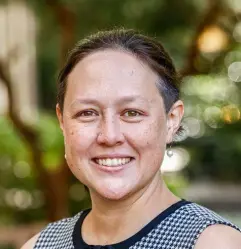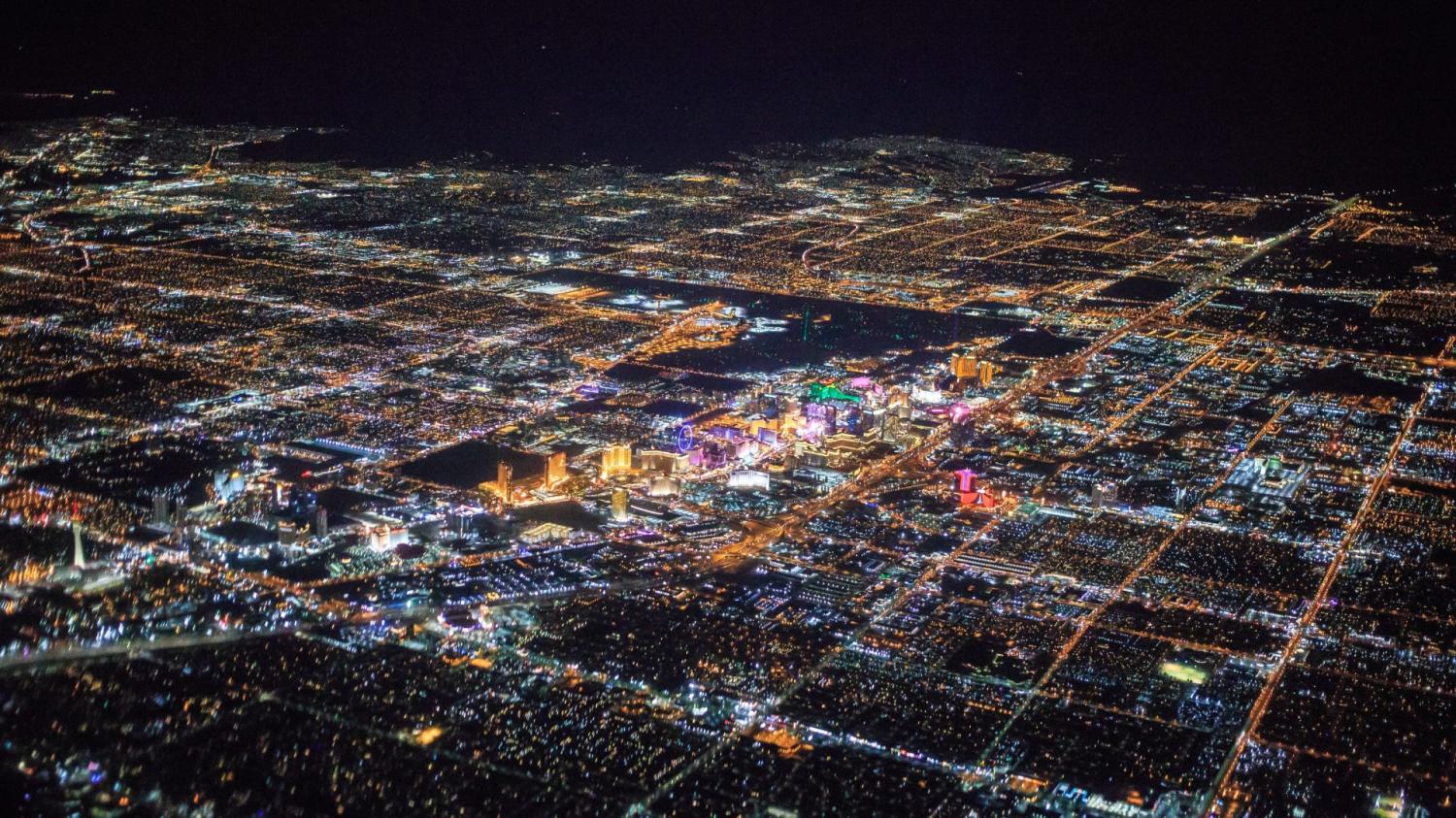As the saying goes, three things matter in real estate: location, location, location. Cities and metropolitan areas are built around assets such as transportation nodes, employment hubs, cultural attractions, political and religious institutions, and health facilities—all of which tend to cluster in specific locations. The ability to develop the places that concentrate these assets has always been a key ingredient to building productive and thriving metro areas.
But after decades of suburbanization, activity does not concentrate in the same ways it once did. Metropolitan areas are no longer structured along a linear continuum, fanning outward from a distinct downtown to edgeless suburbia to rural countryside dotted with a few town centers. They instead contain constellations of asset-rich places, typically surrounded by housing-only developments or a mix of residential and commercial sprawl.1
This long-standing concept of metropolitan geography as a line from a singular urban center to suburbs to farms—and conceiving of the suburbs as exclusively residential places—is no longer accurate in the age of American megaregions. Over time, the dispersion of assets and activities has stretched the distances between people and opportunity, often leading to greater economic and racial inequality.2 More recently, the emergence of rapid telecommunications and a global pandemic have led to new uncertainties about what kinds of places will be in demand in the future.
At a time when economic and climate-related disruptions seem to come ever more frequently, it is easy to lose track of the fact that the built environment changes quite slowly. As such, industrial, cultural, and environmental shifts in the decades to come will primarily occur within existing places and alongside the infrastructure we’ve already created. But, as in the past, the impacts of those shifts—for good and for ill—will still be influenced by the choices we make today regarding how and where we prioritize future investments.
All this makes it essential that the field of metropolitan development—particularly, practitioners and applied researchers—has a contemporary understanding of what people and the economy need from place, how those needs express themselves on the landscape, and how, then, the field should respond to them. In other words, we need to establish both a new map and a new vocabulary for American economic geography. One major obstacle is that there is no consistent scheme to compare where activity concentrates within metropolitan areas or what kinds of places—with what types of attributes—can best support shared prosperity and resilience.
In this report, we introduce a new methodology to locate and characterize activity centers: places within regions where economic, physical, social, and civic assets cluster at a clearly defined hyperlocal scale.3 We present a typology of activity centers, map their locations within the 110 U.S. metropolitan statistical areas (MSAs) with at least 500,000 residents using census block groups, and analyze those centers to help planners, real estate professionals, and elected leaders better understand how and why they matter.
For this analysis, we identified five categories of assets that can contribute to an area being an activity center: community, tourism, consumption, institutional, and economic. We ranked Census block groups by their relative concentrations of each kind of asset to identify three kinds of centers: monocenters (lots of one kind of asset); secondary centers (some of at least two kinds of assets); and primary centers (lots of at least two kinds of assets). Attempting to locate which places are activity centers may challenge deeply held assumptions about places’ relative strengths and needs—often pinpointing neighborhoods that even residents may not often consider an activity center in their home region (for example, our results for the Dallas-Fort Worth Metroplex, shown in Figure 1).

We find that:
- Metropolitan areas concentrate assets in activity centers. Within the metropolitan areas in our study, activity centers occupy just 3% of all land, yet hold a far higher share of assets and their associated activities. For example, 40% of all private sector jobs locate within activity centers, and institutional assets—including college and university students, hospital beds, and major intercity transportation nodes—are almost exclusively found in these areas.
- Metropolitan areas that concentrate jobs in activity centers are more productive. Our analysis revealed a clear and positive relationship between activity center density and productivity, as measured by gross metropolitan product (GMP) per worker. Every 1,000 jobs per square mile in a metro area’s median activity center was associated with an additional $1,723 in output per worker across the metro area.
- Activity centers yield a value premium. Activity centers have four times the commercial real estate assessed value relative to developed land area. For two-thirds of metro areas, housing near activity centers is worth a weighted average of 26% more. In three high-growth metro areas (Raleigh, N.C., Deltona, Fla., and the Washington, D.C. area) these housing premiums exceed 50%.
- Activity centers are more accessible and inclusive. The vast majority of metropolitan residents—in the vast majority of metro areas—live within 3 miles of an activity center, and this is even more true for people of color and low-income households.
- Activity centers have more sustainable travel outcomes. These areas are reachable by twice as many bus and train riders as other block groups. Activity centers themselves have higher walk scores than their metro areas as a whole, which contributes to the fact that both commute and non-commute trips by car are shorter when starting in activity centers versus other places.
This paper represents a critical step in helping planners and other practitioners compare activity centers across different metro areas. In the process, the findings make the case to build on existing assets (both literally and figuratively) whenever possible, rather than prioritizing low-density and/or single-use development. It concludes by pointing to how leaders can use this information to advance transformative placemaking within activity centers—and by doing so, increase regional competitiveness, enhance sustainability and resilience, and improve the social and physical well-being of all metro area residents.4
-
Footnotes
- Loh, Tracy Hadden and Annelies Goger. 2020. “In the Age of American ‘Megaregions,’ We Must Rethink Governance across Jurisdictions.” Washington, DC: Brookings. https://www.brookings.edu/research/in-the-age-of-american-megaregions-we-must-rethink-governance-across-jurisdictions/.
- Between 1983 and 2017, average daily U.S. person miles traveled increased by 55%. Most of this growth was driven by longer trip distances, as average daily U.S. person trips increased only 17%, per Tables 13 and 14 of McGuckin, N. and A. Fucci 2018. “Summary of Travel Trends: 2017 National Household Travel Survey.” Washington, DC: Federal Highway Administration. https://nhts.ornl.gov/assets/2017_nhts_summary_travel_trends.pdf. These growing trip distances—a result of the suburbanization of both housing and jobs—have disproportionately impacted job access for low-income neighborhoods and for communities of color, as found by Kneebone, Elizabeth and Natalie Holmes. 2015. “The Growing Distance between People and Jobs in Metropolitan America.” Washington, DC: Brookings. https://www.brookings.edu/research/the-growing-distance-between-people-and-jobs-in-metropolitan-america/.
- Loh, Tracy Hadden and Hanna Love. 2021. “Why ‘Activity Centers’ Are the Building Blocks of Inclusive Regional Economies.” Washington, DC: Brookings. https:/brookings-edu-2023.go-vip.net/research/the-future-of-the-inclusive-economy-is-in-activity-centers/.
- Vey, Jennifer S. and Hanna Love. 2019. “Transformative Placemaking: A Framework to Create Connected, Vibrant, and Inclusive Communities.” Washington, DC: Brookings. https://www.brookings.edu/research/transformative-placemaking-a-framework-to-create-connected-vibrant-and-inclusive-communities/.










